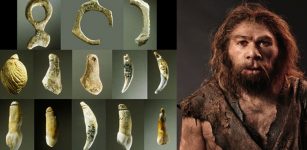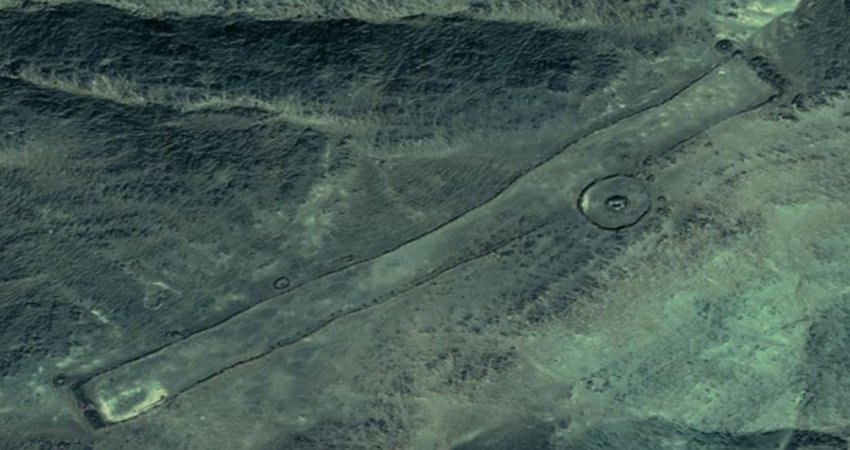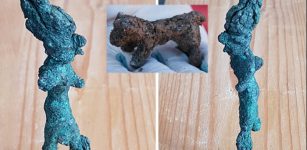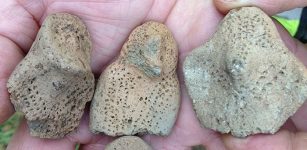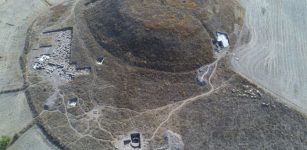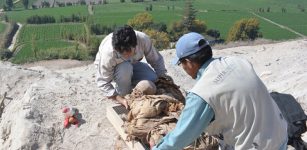Iron Age Cemetery In Yorkshire Could Reveal 2,500-Year-Old Burial Rituals
MessageToEagle.com – A large number of skeletons More than 100 skeletons, along with swords, spears and other possessions have been unearthed at the site in Pocklington, east Yorkshire.
Archaeologists expect tests on a set of 75 square barrow graves from the Arras culture of Iron Age Yorkshire to reveal more about life 2,500 years ago. Probably, the site dates to the Iron Age, which in Britain was from 800 BC until the Roman conquest, which started in AD43.
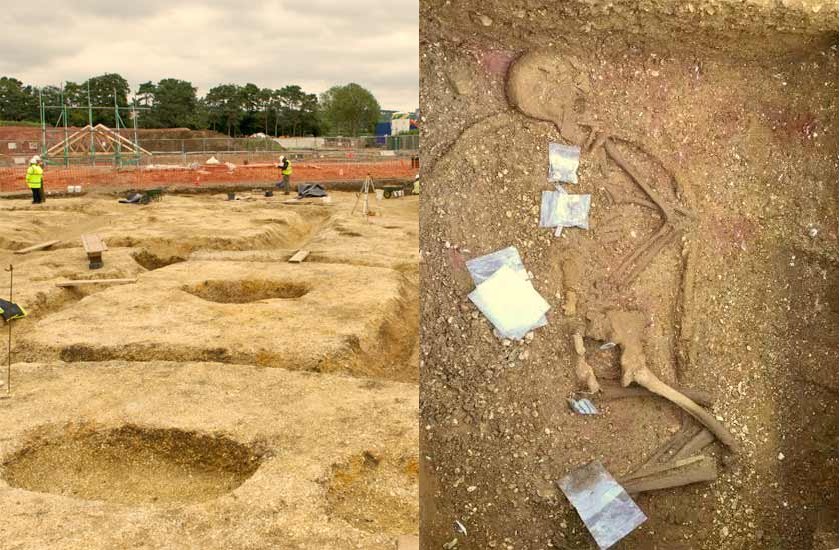
A young warrior buried with his sword at his side and a set of ten spears, hundreds of amber and glass beads, brooches and ancient pots have been found at an Iron Age settlement where thousands of people once lived in Yorkshire.
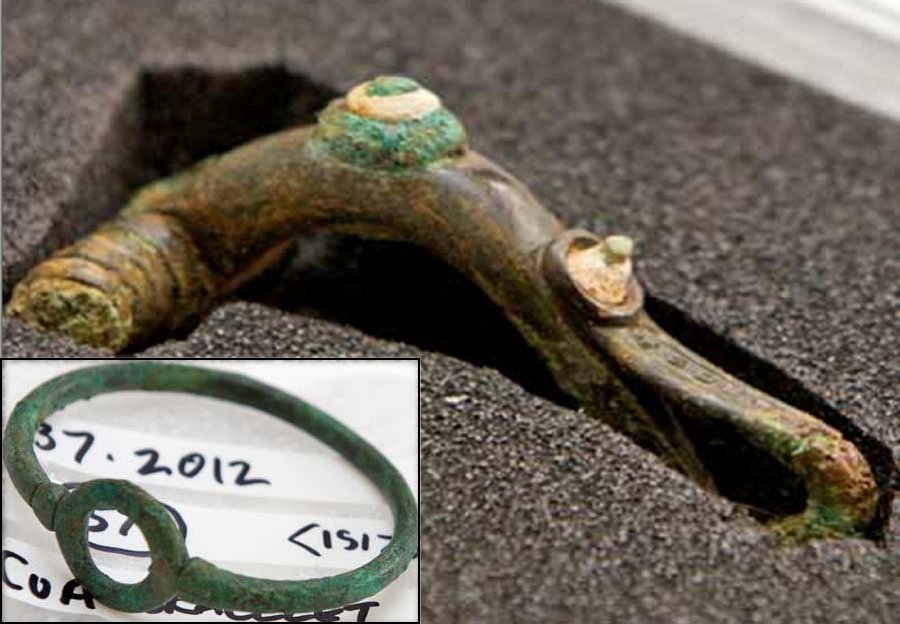
Archaeologists are focusing their analysis on discovering whether the prehistoric population at Pocklington, where 75 skeleton-holding square barrows have been dug up as part of a housing development, was indigenous or migrants from the continent.
Announced on BBC Four’s Digging for Britain last night, the excavation is expected to create the largest study of an Iron Age population in Britain for 35 years.
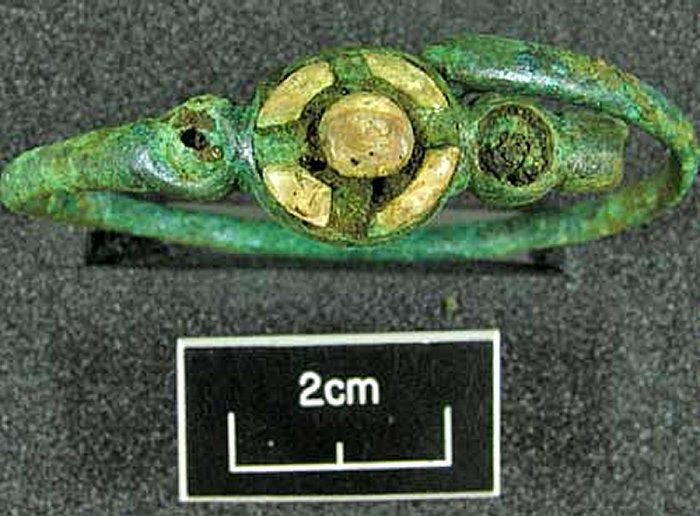
The bodies belong to members of the Arras culture in mid-Iron Age Yorkshire, known for their use of square and circular barrow graves and links with Europe.
“On the whole this is a hugely important discovery and is a fine example of what can be revealed and discovered if house developers and archaeologists work hand-in-hand to reveal the nation’s hidden history,” say archaeologists who describe the find as very important.
“We will understand much more once the full analytical process has been completed – but as with any significant finding, this will take time to process.”
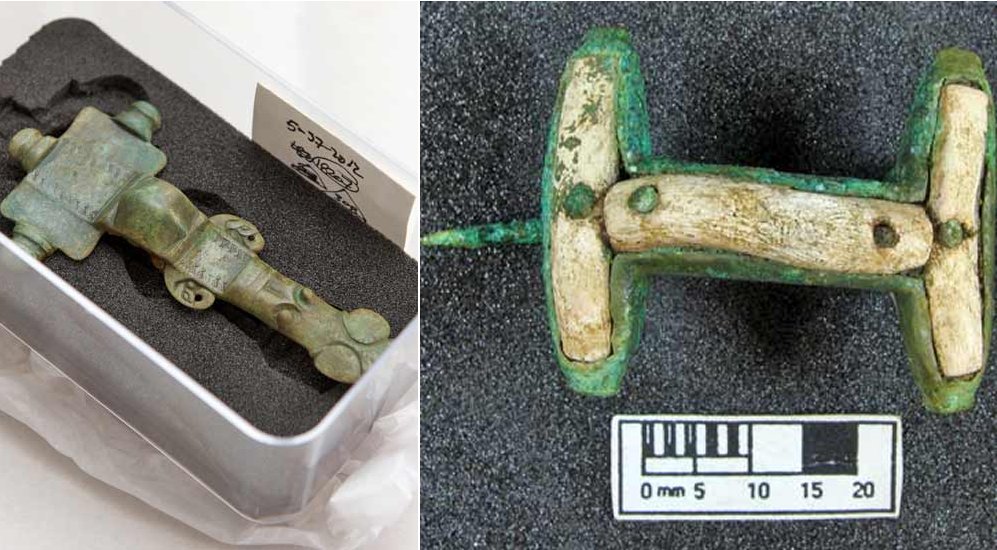
Men, women and children have been found in the barrows, few of which have been damaged by soil conditions and ploughing and Peter Morris, of David Wilson Homes says that the archaeological team is still at the early analytical stages of reviewing all discovered findings.
“These findings are of national significance and could help shape our understanding of the Arras culture and indeed the Iron Age as a whole.”
However, it will take several years to complete this work. The findings will help us to gauge a better understanding of the culture and area at the time of the burials, which is believed to be 800 BC to 00 AD.
“Unfortunately it is just too early to predict what the findings will reveal, but it’s certainly going to help with the nation’s understanding of this period in time.”
MessageToEagle.com
Expand for references
